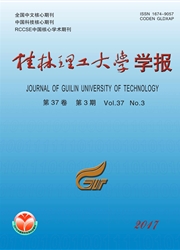

 中文摘要:
中文摘要:
对于以侵入体为中心的岩浆热液矿床,含矿流体的对流循环存在聚焦和分散两种情形:聚焦带来矿石沉淀和堆积,形成储量;分散导致近矿蚀变和矿质分散,形成分散量。储量的形成很可能受制于聚焦条件下的非线性反馈机制。近矿围岩蚀变容易为遥感信息所捕获,辅以必要的化探数据有望估算出金属分散量。储量与分散量之和记为总金属量,而储量和总金属量的比值可定义为成矿效率。成矿效率是一个重要的成矿学命题,它反映了地质体(不管是单个矿床还是区域尺度)的实际成矿生产力,有利于总结成矿规律、开展成矿预测。
 英文摘要:
英文摘要:
As magmatic-hydrothermal ore deposit was centered by the granitic pluton, in the convection of ore- making fluids there are two opposite effects correspondingly: integrated and dispersive flows. Fluidic Integration might trigger a non-linear mechanism and might be accompanied by an accumulation of mineralizing materials, generating ore reserves eventually. Hydrothermal alteration caused by fluid-dispersing flow results in a scatter of metallic mass instead, which can be easily detected by remote sensing or geochemical data because of its wider distribution. In this way, the ratio of metal tends to fluidic total supply of metal, a summation reserve and metal mass dispersed into wallrocks can be defined as the mineralized efficiency, in order to reflect the ore-productivi-ty of a given geological body. The essential proposition in metallogeny, the idea of ore efficiency may be expec-ted as a crucial role in metallogenic regularity and prediction.
 同期刊论文项目
同期刊论文项目
 同项目期刊论文
同项目期刊论文
 期刊信息
期刊信息
